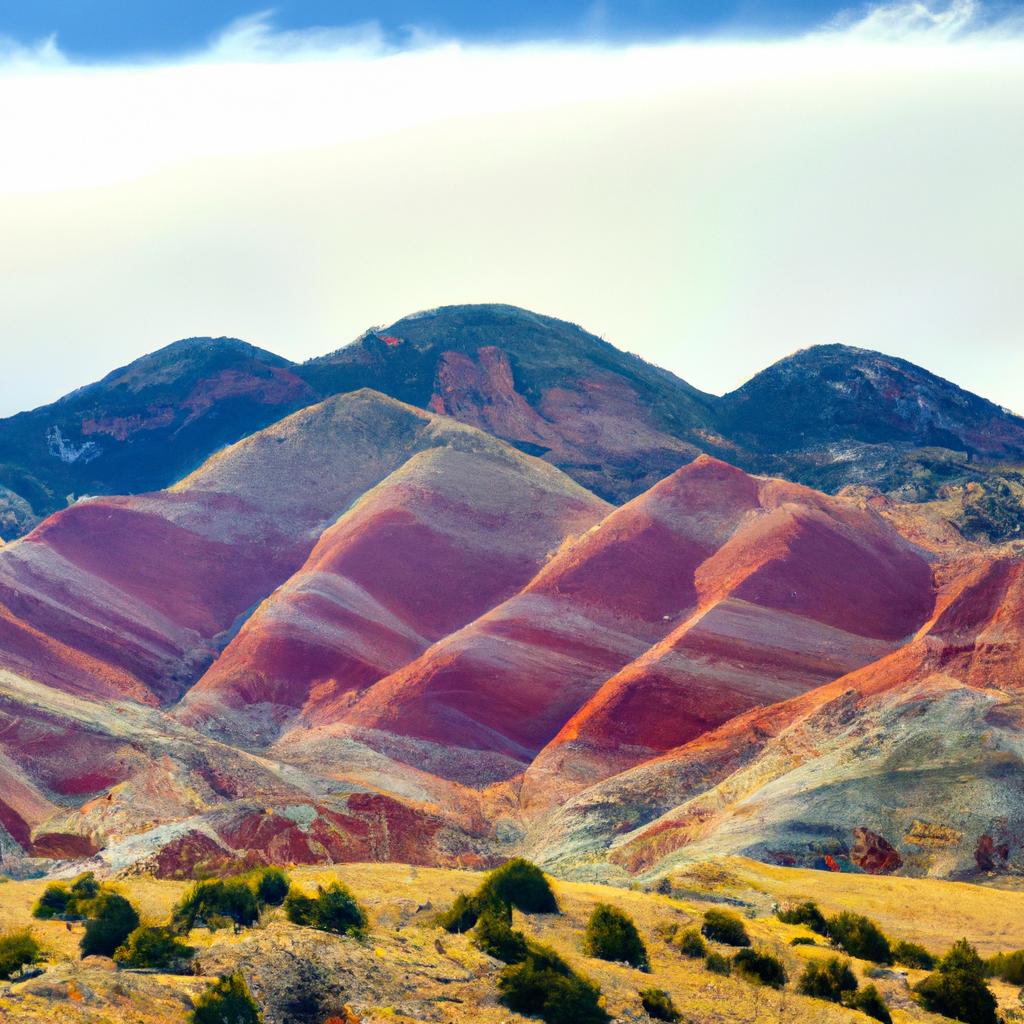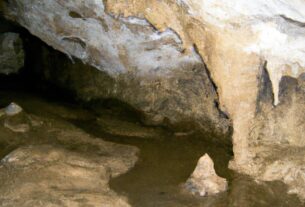Have you ever come across a mountain range so vibrant and picturesque that it appears to be a masterpiece painted by an artistic genius? Well, if you haven’t, then Peru’s Rainbow Mountains deserve a prominent spot on your bucket list. These awe-inspiring peaks, nestled in the majestic Andes Mountains, are renowned for their extraordinary hues. In this article, we’ll delve into the secrets of these natural wonders and uncover their immense significance.
Peru’s Rainbow Mountains are geological marvels that have taken shape over millions of years. Composed of layers of sedimentary rock and minerals, these mountains have gradually been exposed through the erosion process. The distinct colors adorning their surface are a result of the minerals present in the rock layers, ranging from deep reds and oranges to vibrant greens and blues.
However, the exploration of the Rainbow Mountains transcends mere visual admiration. These mountains hold immense cultural value for the local communities residing in the region. They have been an integral part of Andean culture for centuries, regarded as a deeply spiritual entity. The locals believe that powerful spirits reside within the mountains, acting as guardians and bestowing good fortune upon their communities.
As nature enthusiasts, it is our responsibility to cherish and explore natural wonders such as Peru’s Rainbow Mountains. Not only do they captivate our senses with their breathtaking beauty, but they also offer a window into our planet’s geological history. By visiting these wonders, we contribute to sustainable tourism that benefits the local communities and ensures the preservation of these extraordinary treasures for generations to come.
The Geological Formation of the Rainbow Mountains
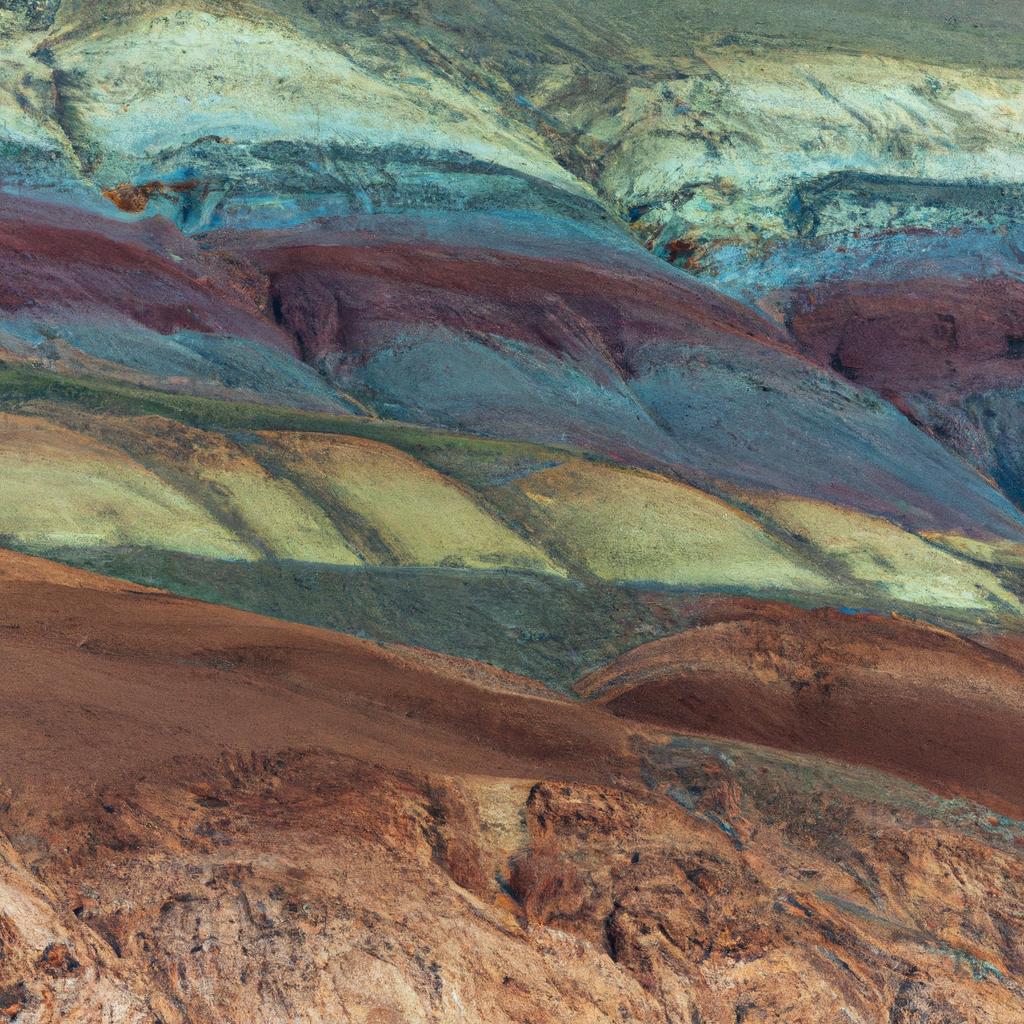
How Were the Mountains Formed?
Peru’s Rainbow Mountains owe their existence to the relentless tectonic activity of the Andes Mountains over millions of years. The constant movement caused the sedimentary rock layers to fold and buckle, ultimately giving rise to this magnificent mountain range. Subsequently, wind and water erosion sculpted the mountains, revealing the stunning layers of rock and minerals responsible for their vibrant colors.
Overview of the Minerals
The breathtaking hues that adorn the Rainbow Mountains can be attributed to the abundance of minerals within the sedimentary rock layers. Iron oxide, copper sulfate, and calcium carbonate are among the most prevalent minerals found in these mountains. Iron oxide contributes to the vibrant red, orange, and yellow shades, while copper sulfate gives rise to mesmerizing blues and greens. Lastly, calcium carbonate imparts the mountains with their pristine white and gray tones.
An intriguing aspect of the Rainbow Mountains is how their colors transform throughout the day, accentuated by the angle of sunlight. During sunrise or sunset, when the sun’s rays strike the mountains at a low angle, their colors appear most vivid and captivating.
Location and Access to the Rainbow Mountains
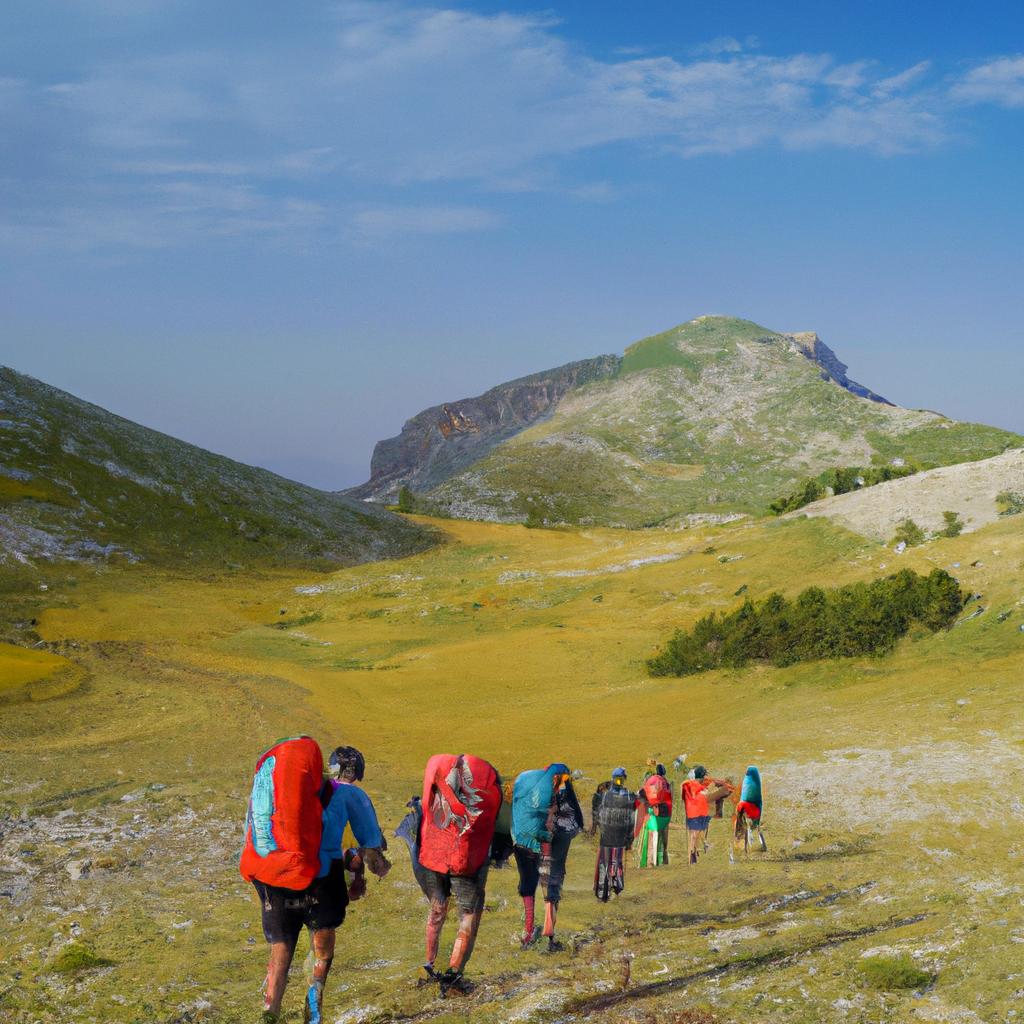
Situated in Peru’s mesmerizing Andes Mountains, the Rainbow Mountains have become a sought-after destination for tourists and nature enthusiasts alike. This majestic mountain range resides in the Cusco region, known for its rich historical heritage and vibrant culture.
While reaching the Rainbow Mountains may present some challenges, the journey is undeniably worthwhile. Several routes lead to this natural wonder, each offering unique features and hurdles. The Ausangate trek is the most popular option, spanning four to six days and immersing you in the breathtaking landscapes of the Andes Mountains.
For those seeking a shorter expedition, the Rainbow Mountains day tour is a fantastic alternative. This scenic tour takes you by bus to the mountain’s base, allowing you to hike to the summit and relish the awe-inspiring vistas.
It is crucial to note that the Rainbow Mountains are situated at high altitude, and visitors may experience altitude sickness. To ensure a safe and enjoyable journey, it is advisable to acclimate yourself to the altitude by spending a few days in Cusco or other nearby towns. Additionally, be well-prepared for the trip with suitable clothing, appropriate gear, and ample provisions.
Cultural Significance of the Rainbow Mountains
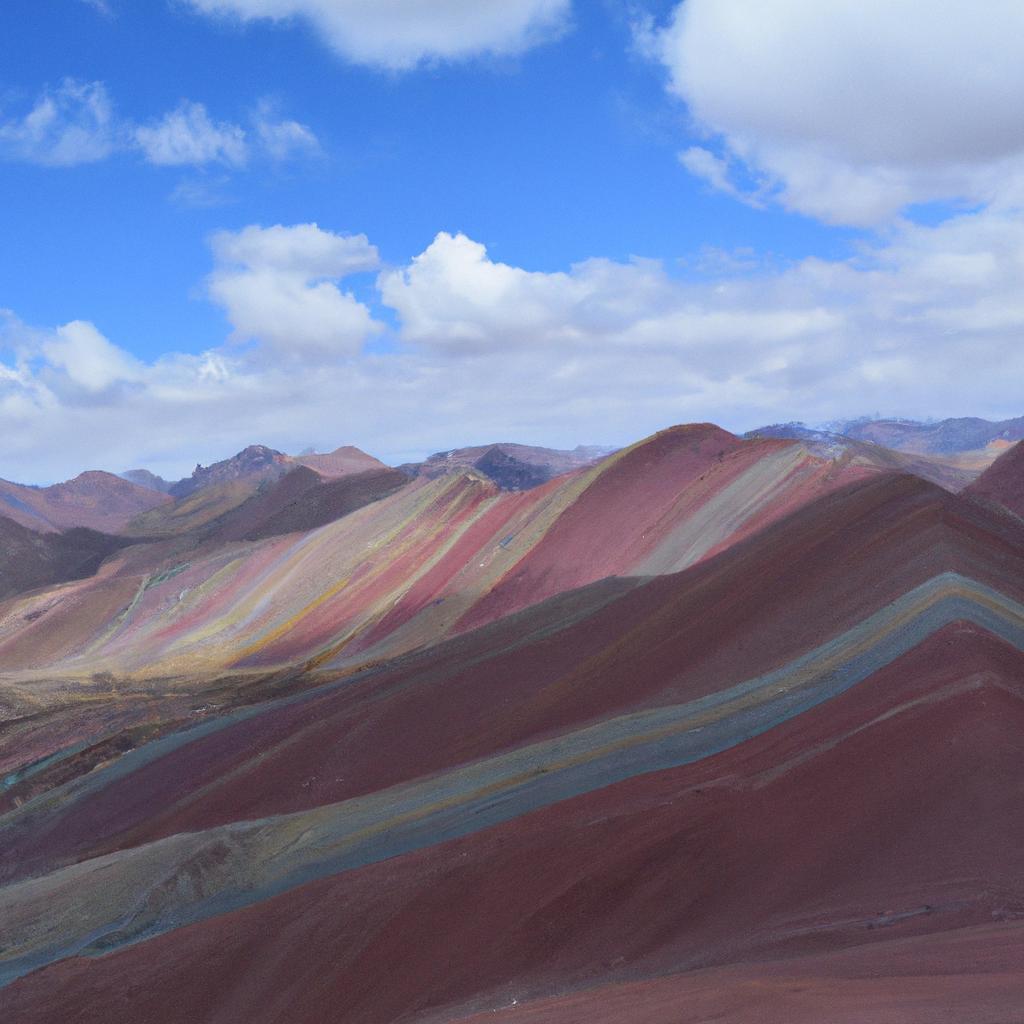
The Rainbow Mountains of Peru transcend their geological wonder and hold immense cultural significance for the local communities residing in the region. These mountains have played a pivotal role in Andean culture for centuries, carrying profound spiritual importance.
Explanation of the Cultural Significance of the Mountains to the Local Communities
The local communities surrounding the Rainbow Mountains are primarily indigenous people who have inhabited the Andes for generations. For these communities, the mountains represent more than just a natural wonder; they are steeped in cultural heritage. Referred to as “Apu Ausangate” in the Quechua language, the mountains are considered sacred entities, embodying powerful spirits.
Overview of the Traditional Practices and Beliefs Associated with the Mountains
The Rainbow Mountains are believed to be the abode of protective spirits, serving as guardians of the local communities and purveyors of good fortune. These spirits uphold the harmony between the natural realm and the human world.
The “Qoyllur Rit’i” festival is one of the most significant traditional celebrations associated with the Rainbow Mountains. Held annually in May or June, this vibrant festival brings together thousands of people from the surrounding regions to pay homage to the mountain spirits. The festivities involve music, dancing, and offerings made in honor of these revered beings.
In essence, the Rainbow Mountains of Peru are not only a natural marvel but also an embodiment of the rich cultural heritage of the Andean people. By embarking on a journey to these mountains, travelers gain deeper insights into the local culture and the spiritual significance that reverberates through the communities residing in their vicinity.
Tips for Exploring the Rainbow Mountains
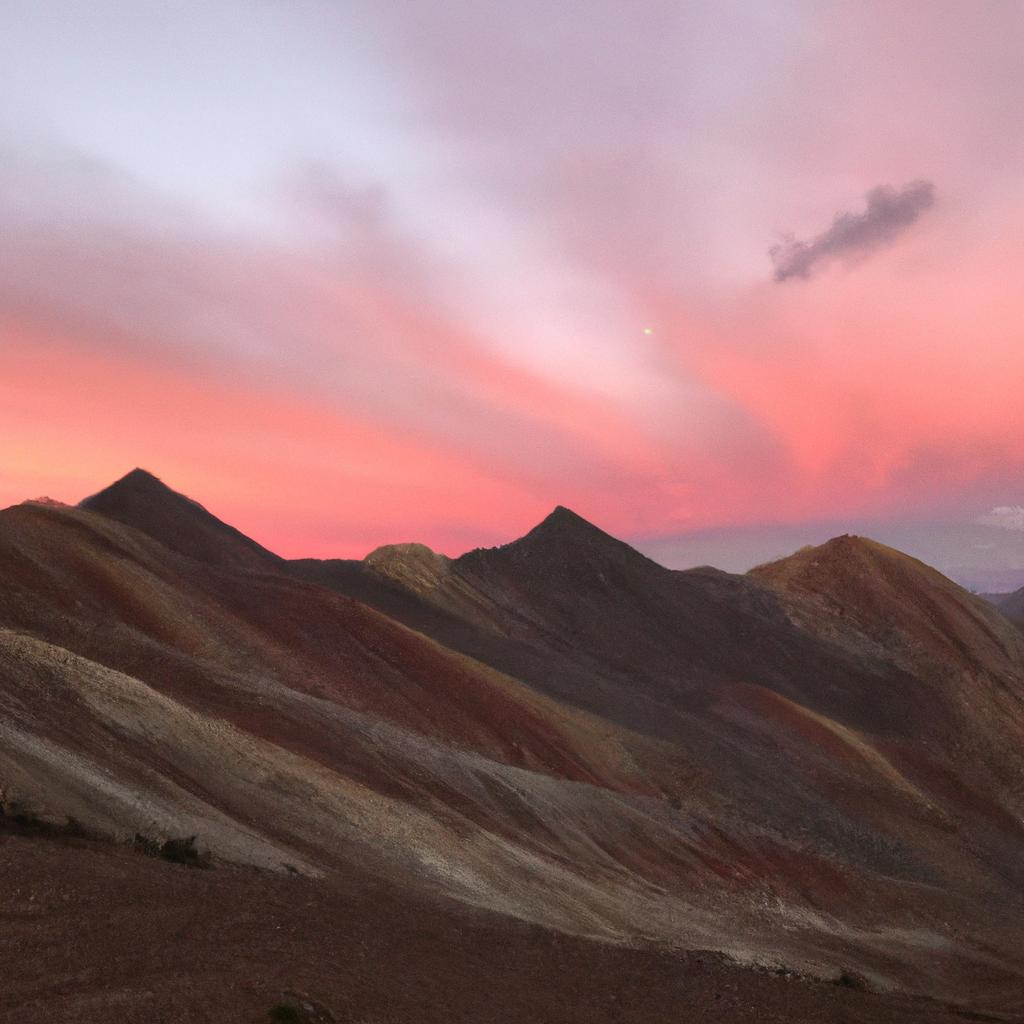
If your heart is set on visiting Peru’s Rainbow Mountains, here are a few vital tips to ensure a safe and memorable trip:
Preparing for Your Trip
Before setting off on your adventure to the Rainbow Mountains, it is crucial to make adequate preparations for an exceptional experience. Consider the following tips:
1. Get in Shape
Given the high altitudes of the Rainbow Mountains, it is essential to be physically prepared for the journey. Engage in regular exercise in the weeks leading up to your trip to enhance your endurance and stamina.
2. Acclimatize Yourself
To combat the effects of high altitude, ensure that you spend a few days in Cusco or nearby towns acclimatizing your body. This acclimation period allows your system to adjust and reduces the risk of altitude sickness.
3. Dress Appropriately
The weather in the Rainbow Mountains can be unpredictable, so it is vital to dress accordingly. Opt for comfortable, lightweight attire suitable for hiking, and bring warm layers, a rain jacket, and a hat to cope with varying weather conditions.
Best Times to Visit and What to Bring
For the best experience, plan your visit to the Rainbow Mountains between May and September. During this period, the weather tends to be dry, and the skies offer optimal clarity, showcasing the mountains in all their vibrant glory.
When packing for your trip, remember to include essentials such as comfortable hiking boots, a well-equipped backpack with water and snacks, sunscreen, sunglasses, and a camera to capture the jaw-dropping views.
By following these tips, you can ensure a safe and enjoyable journey to Peru’s Rainbow Mountains, creating memories that will last a lifetime. So, pack your bags, embark on this extraordinary expedition, and don’t forget to share your awe-inspiring experiences with us at TooLacks, where we celebrate the beauty of nature!
Conclusion
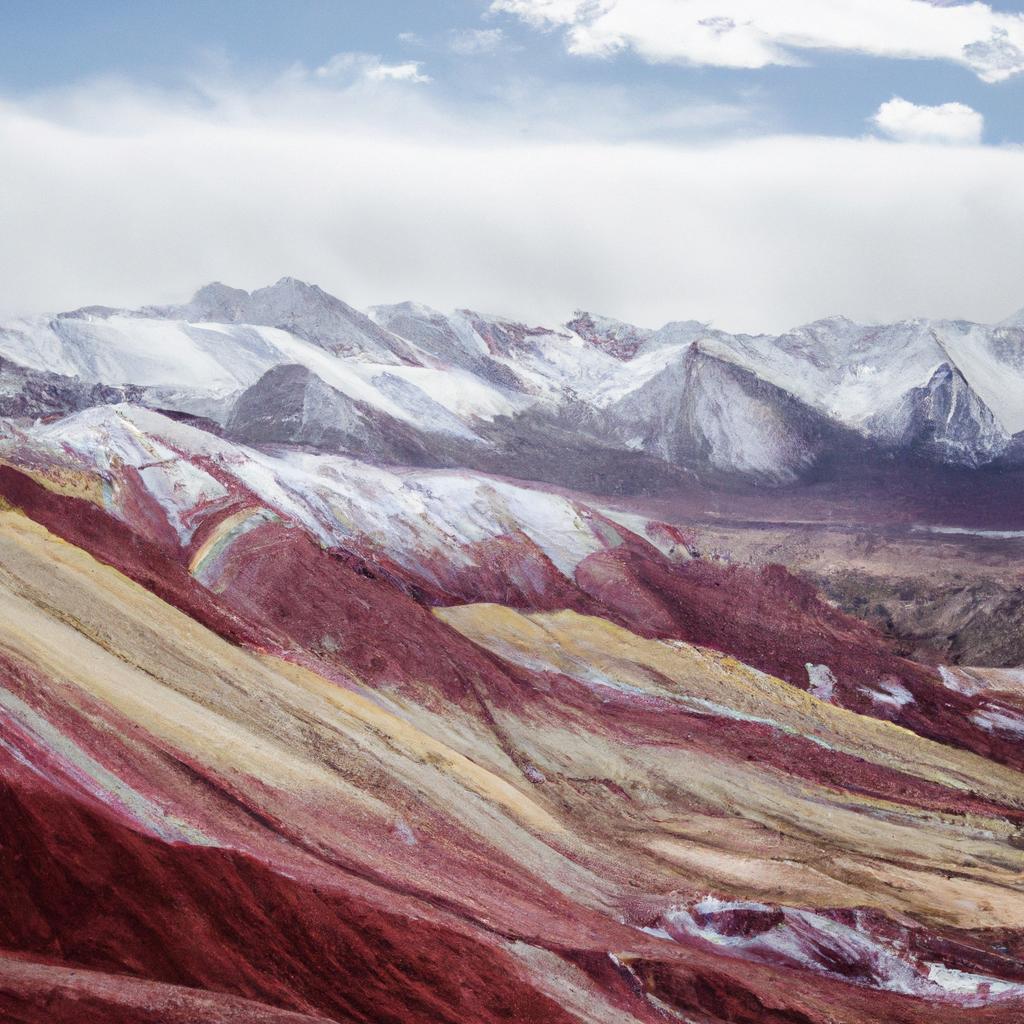
To conclude, the Rainbow Mountains of Peru are an unparalleled natural wonder that must be explored in all their splendor. These astonishing peaks not only offer breathtaking views but also hold deep cultural significance for the local communities. By embracing these mountains, we can contribute to sustainable tourism, preserving these wonders for present and future generations.
Visiting natural wonders like the Rainbow Mountains allows us to recognize the remarkable geological history of our planet and marvel at the beauty of nature. It is crucial to protect these extraordinary landscapes from excessive tourism and ensure our presence leaves a minimal impact on the environment.
As passionate nature enthusiasts, it falls upon us to explore and safeguard these phenomenal wonders. So, if you seek an adventure that combines natural beauty with cultural significance, pack your bags, head to Peru’s Rainbow Mountains, and prepare to embark on the journey of a lifetime! Remember to share your incredible experiences with us at TooLacks, where we celebrate the wonders of nature!
